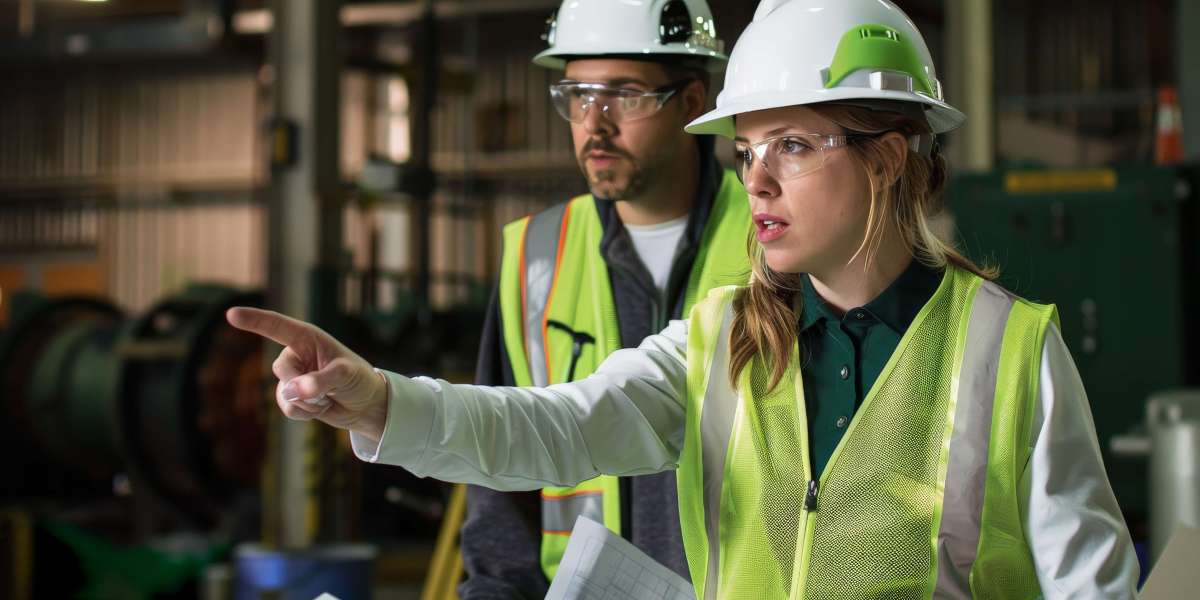When something goes wrong at work, whether it is a minor cut, a machinery fault, or a chemical spill, organizations often carry out an incident investigation. This process helps find out what happened, why it happened, and how to stop it from happening again. Yet, in many workplaces, teams unknowingly repeat the same errors during these investigations. Before we dive into those mistakes, it’s important to mention that many professionals who handle these tasks often invest in globally recognized safety certifications. For instance, when people think about enrolling in a safety qualification, they also consider the NEBOSH Fee, because gaining such certifications helps them handle investigations more effectively and ensures they follow international standards.
Why Proper Investigations Matter
Accidents and near misses are not just statistics; they are warnings that something in the system needs to change. I once spoke to a supervisor who shared how a minor slip in a warehouse, if investigated correctly, could have prevented a major accident a month later. A thorough investigation is like putting pieces of a puzzle together—it not only reveals what went wrong but also highlights hidden risks in the workplace.
Overlooking Root Causes
One of the most frequent mistakes is focusing only on the immediate cause of the incident. For example, if someone trips over a loose cable, people often conclude, “They should have watched their step.” However, that is just the surface. The deeper issue might be poor housekeeping, no cable management, or a lack of inspection schedules. Without digging deeper, the same hazard remains, waiting to cause harm again.
Ignoring Employee Input
Frontline workers often know the most about day-to-day risks. A common error in investigations is not involving them in discussions. In one facility I visited, the investigation team rarely spoke to the operators. When they finally did, the workers explained that a machine guard had been loose for weeks. If someone had simply asked earlier, the hazard would have been corrected before it caused harm.
Jumping to Conclusions
Another mistake is rushing through the process just to close the report quickly. Investigators sometimes assume they know the reason for the incident before gathering all the facts. This often leads to recommendations that do not actually address the underlying issues. Taking the time to collect evidence, review documents, and observe work processes can make all the difference.
Failing to Preserve Evidence
When an incident happens, it is important to secure the area. Sadly, many teams clean up too soon, removing critical clues. Imagine a chemical leak where the exact source needs to be traced. If the area is wiped down immediately, investigators lose the chance to understand the leak’s pattern. Always document the scene with photos and notes before making changes.
Not Following a Step-by-Step Approach
A clear procedure helps avoid confusion. Here’s a simple guide that many safety experts recommend:
Step 1: Secure the Area
Make sure no one else gets hurt. Block off the area and provide clear warnings.
Step 2: Gather Facts
Interview witnesses, take photographs, and collect equipment records.
Step 3: Analyze and Identify Root Causes
Look beyond the obvious. Was there poor maintenance? Were procedures unclear?
Step 4: Recommend Practical Solutions
Propose changes that actually fit into daily operations. A solution that’s too complex will likely be ignored.
Step 5: Follow Up
Check back after implementing changes. Are workers following the new process? Has the risk reduced?
By following these steps, teams reduce the chance of repeating mistakes and build stronger safety systems.
Lack of Training for Investigators
Some organizations assign investigations to staff without proper training. This often results in reports that miss important details. Investing in a recognized safety qualification, even though you may think about the NEBOSH Fees or similar costs, is worth every penny because it equips professionals with the knowledge to handle investigations correctly.
Writing Reports Without Clear Recommendations
A report that only states what happened is not enough. Recommendations must be specific and actionable. For instance, instead of saying “Improve safety culture,” detail actions such as “Introduce a weekly inspection checklist” or “Provide refresher training on manual handling.”
Forgetting to Involve Management
Another issue is leaving management out of the loop. Without management support, corrective actions may never be approved or funded. An investigation team should always brief managers, so they understand the urgency and can drive changes.
Not Learning from Past Incidents
Sometimes, investigations are done, reports are filed, and then… nothing happens. Teams fail to track whether recommendations are actually put into place. A good practice is to review previous incidents regularly to spot recurring patterns. This can save lives and reduce downtime in the long run.
Convincing Others to Take Action
If you are in charge of safety, you know that it’s not enough to write a report—you need to convince others to act. Show them the real benefits, like reduced injuries, fewer equipment failures, and even cost savings. When colleagues see that strong investigations lead to fewer accidents, they’ll support your recommendations with confidence.
Final Thoughts
Workplace hazards are everywhere, and without proper investigation after incidents, those hazards remain hidden. Whether it’s a machine malfunction, a slip on a wet floor, or a chemical leak, learning from each event strengthens the entire safety system. Consider upskilling through globally recognized training programs—even though you might weigh up the NEBOSH Fee, the knowledge you gain helps prevent future incidents and builds a safer workplace for everyone.








